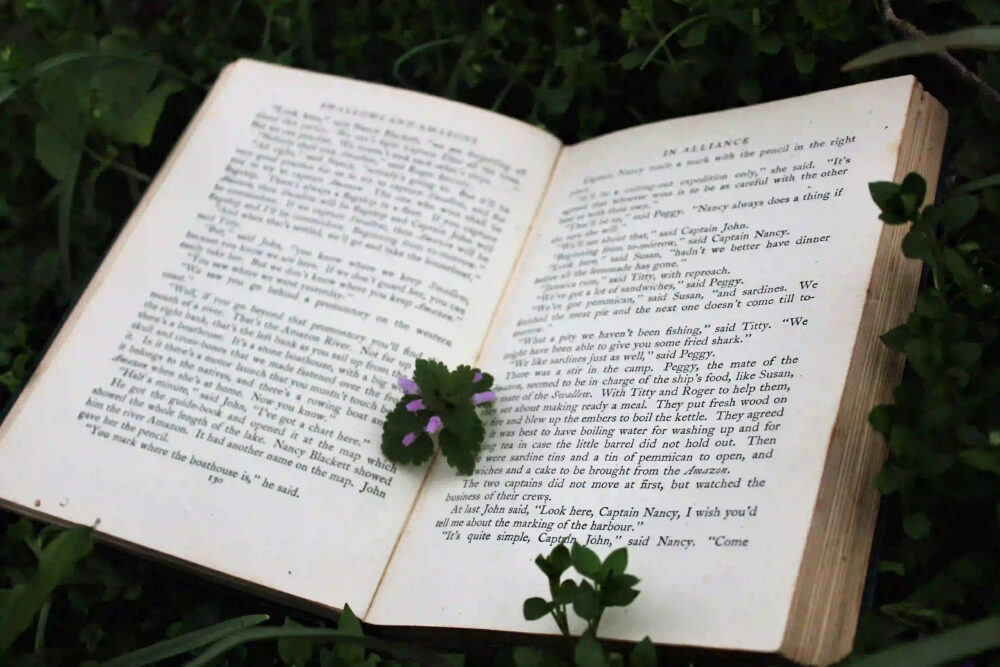The representation of LGBT+ characters and themes in literature has undergone a remarkable evolution over the years. From being taboo subjects to gradually gaining acceptance and recognition, the portrayal of LGBT+ individuals in literature has reflected the changing societal attitudes towards gender and sexual diversity. This blog post aims to explore the evolution of LGBT+ representation in literature, highlighting key milestones, influential works, and the impact of these depictions on readers and society as a whole.
Early Portrayals and Taboo
Historically, LGBT+ representation in literature was often limited and portrayed in a negative light. Characters with non-heteronormative sexual orientations or gender identities were either completely erased from narratives or depicted as deviant, tragic, or morally flawed. The prevailing societal attitudes towards homosexuality and gender nonconformity influenced the portrayal of LGBT+ individuals in literature, often relegating them to the margins of the story or using their identities as a source of conflict or tragedy.
The Rise of LGBT+ Literature
The late 20th century witnessed a significant shift in the representation of LGBT+ characters and themes in literature. Writers began to explore and celebrate the diverse experiences of LGBT+ individuals, shedding light on their struggles, triumphs, and identities. Works such as “Giovanni’s Room” by James Baldwin, “Oranges Are Not the Only Fruit” by Jeanette Winterson, and “Maurice” by E.M. Forster, among others, played a pivotal role in bringing LGBT+ stories to the forefront of literary discourse.
Breaking Stereotypes and Challenging Norms
As societal awareness and acceptance of LGBT+ issues continued to grow, literature became a platform for challenging stereotypes and norms associated with gender and sexual orientation. Authors started to create multi-dimensional LGBT+ characters, moving beyond the previously limited and often stereotypical representations. This shift allowed for a more nuanced exploration of LGBT+ experiences, relationships, and identities, paving the way for a more inclusive and authentic literary landscape.
Mainstream Recognition and Diverse Narratives
In recent years, there has been a surge in the publication and recognition of literature that represents the diverse spectrum of LGBT+ experiences. Authors from various backgrounds have contributed to the rich tapestry of LGBT+ literature, offering narratives that encompass intersectionality, varying cultural perspectives, and the complexities of identity. This expansion of voices and stories has not only enriched the literary landscape but also provided readers with a more comprehensive understanding of the diverse experiences within the LGBT+ community.
Impact and Future Outlook
The evolution of LGBT+ representation in literature has had a profound impact on readers, contributing to increased empathy, understanding, and acceptance of LGBT+ individuals and their experiences. By providing authentic and diverse portrayals, literature has played a crucial role in challenging prejudices, fostering inclusivity, and empowering individuals to embrace their identities.
Looking ahead, the future of LGBT+ representation in literature holds the promise of continued growth and diversification. As societal attitudes evolve and conversations around gender and sexual diversity become more prominent, literature will continue to serve as a powerful tool for amplifying LGBT+ voices, dismantling stereotypes, and fostering a more inclusive and empathetic society.
In conclusion, the evolution of LGBT+ representation in literature reflects the broader societal changes in attitudes towards gender and sexual diversity. From early taboo and stigma to the celebration and affirmation of diverse experiences, literature has been instrumental in shaping the narrative of LGBT+ individuals. As the literary landscape continues to evolve, the representation of LGBT+ characters and themes will undoubtedly remain a vital and transformative force in literature.
Through authentic and nuanced storytelling, literature has the potential to not only mirror society but also drive positive change, fostering greater understanding and acceptance of LGBT+ individuals and their narratives.
This blog post offers a comprehensive exploration of the evolution of LGBT+ representation in literature, highlighting the historical context, key milestones, and the impact of diverse narratives. By examining the progression of LGBT+ representation in literature, it aims to provide readers with a deeper understanding of the transformative power of literature in shaping societal attitudes and fostering inclusivity.
